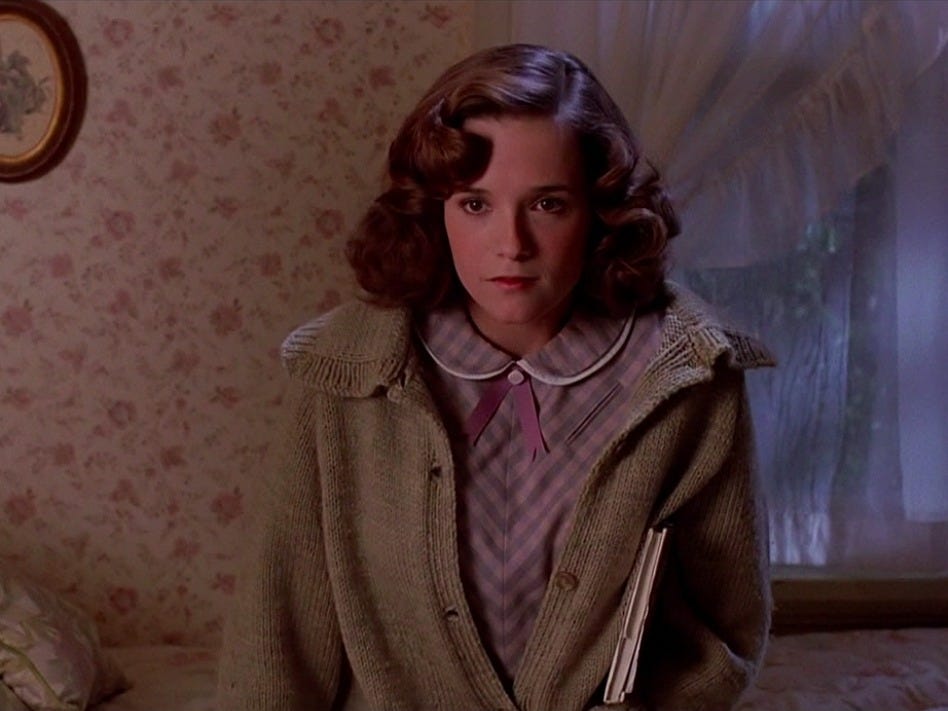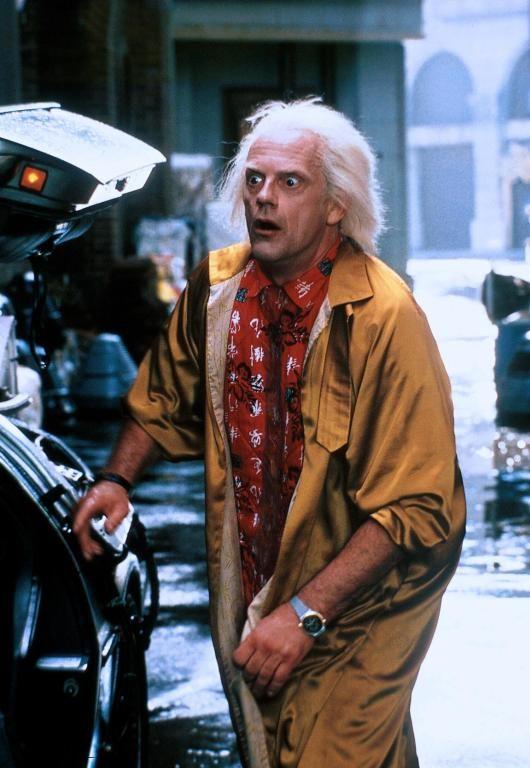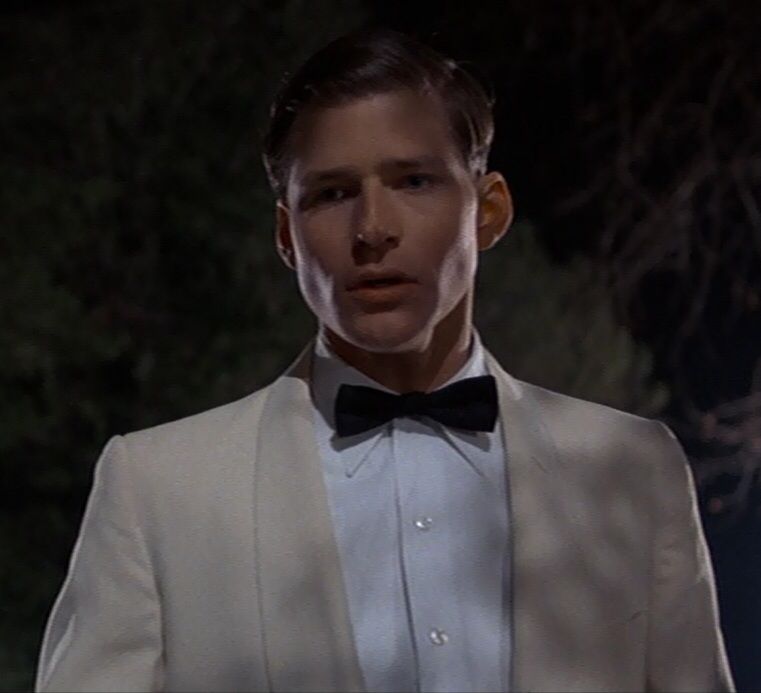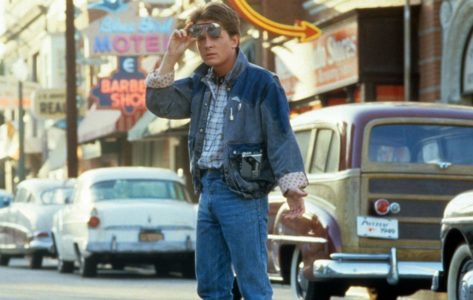Fashion alters our interpretation of film, whether subtly or overtly. Outfits can serve to stun the audience or blend into the background. Brands or ensembles can even influence plot and inform how characters relate to one another. I’ve delved into some of my favourite films and television shows and explored how they approach fashion.
The Great Gatsby (2013)
Baz Luhrmann and Catherine Martin strike gold in this film adaptation of The Great Gatsby, starring Leonardo DiCaprio alongside Carey Mulligan, Tobey Maguire, and Joel Edgerton. Winning an Academy Award for Best Costume Design, Martin owes many of her iconic outfits to Prada, Brooks Brothers, and Tiffany & Co. These brands alone symbolise the glitz and glam of both the film and its era.
From Gatsby’s pink suit to Daisy’s diamonds, costumes are essential in differentiating the ‘old money’ from the new. Tom Buchanan (Edgerton) even snidely remarks that the “man in the pink suit went to Oxford,” indicating that an “Oxford man” would never sport such a non-traditional ensemble.
While costume historians argue over lack of authenticity, Martin’s goal was to modernise and sexualise the roaring twenties and the characters who lived them. The costumes perfectly complement the contemporary soundtrack, featuring Lana Del Rey’s “Young and Beautiful,” Jay-Z and Kanye West’s “No Church in the Wild,” Beyonce’s haunting version of “Back to Black,” and Jack White’s equally ethereal cover of “Love Is Blindness.”
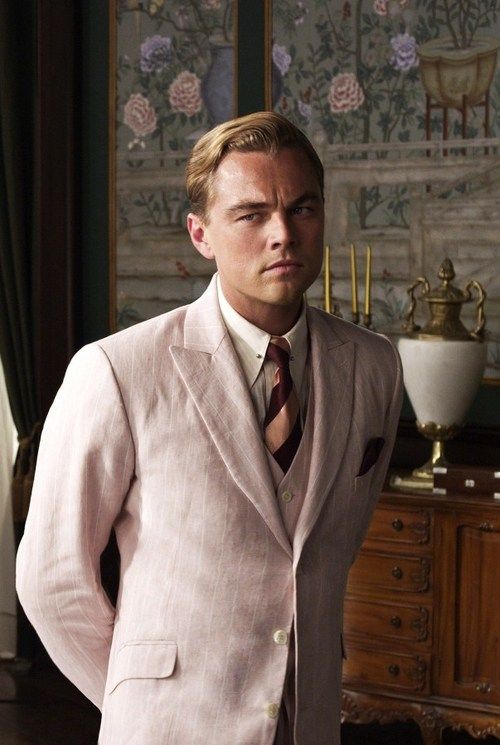
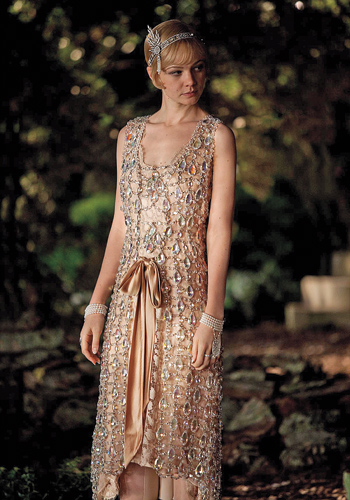
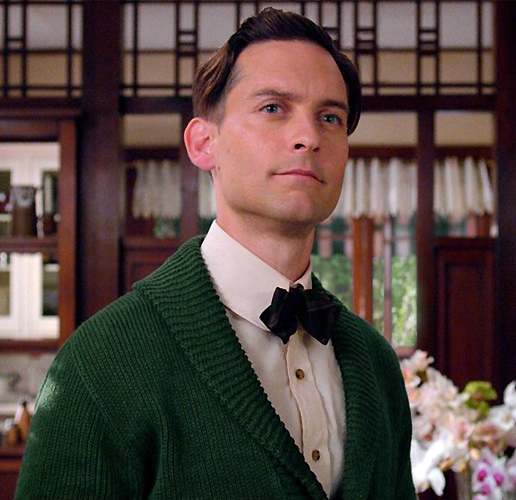
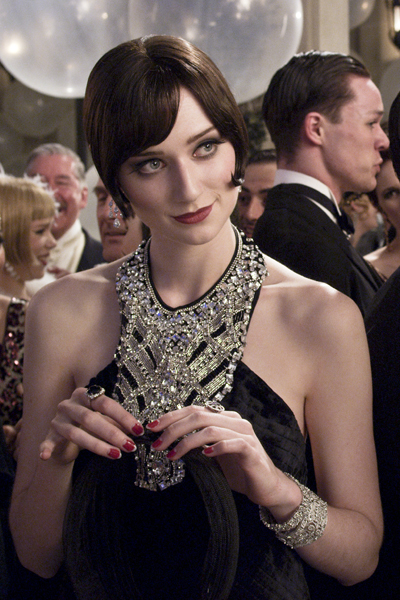
That ‘70s Show (1998 — 2006)
Bell-bottoms, blazers, and burnt orange: That ‘70s Show captures the decade’s trends with accuracy and ease. Each character has their signature style, from rebellious Hyde’s worn-out band tees to it-girl Jackie and flamboyant Fez’s rainbow accessories at roller-disco. The costumes don’t stand out but rather blend in, a testament to their simplicity and authenticity.
That ‘70s Show’s clothing clearly demonstrates each character’s individuality. Eric Forman, arguably the protagonist, is a geeky, un-athletic teen with entertaining parents and immeasurable wit; he often wears striped, collared shirts with khakis or corduroys. Kelso, the ‘pretty boy,’ uses v-neck shirts and surfer necklaces to match his cool demeanour. Donna, the part-tom-boy-part-girl-next-door, wears loose-fitting flannels, paisley bandanas, and baseball tees that broaden her shoulders.
Every episode – and every outfit choice – is a vintage treasure-trove, complete with classic Green Bay Packers jerseys and ‘70s-style prom dresses. Each garb will have you feeling groovy.
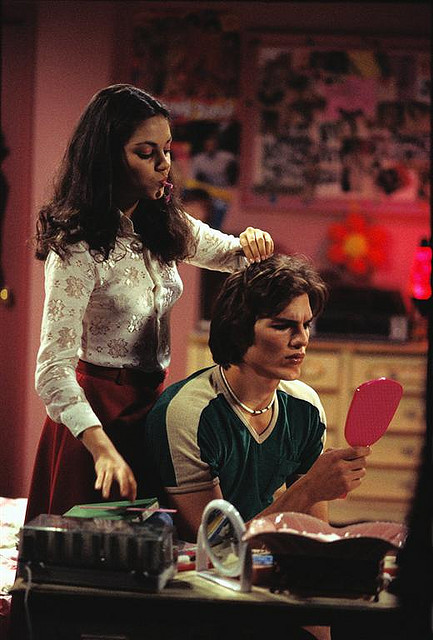
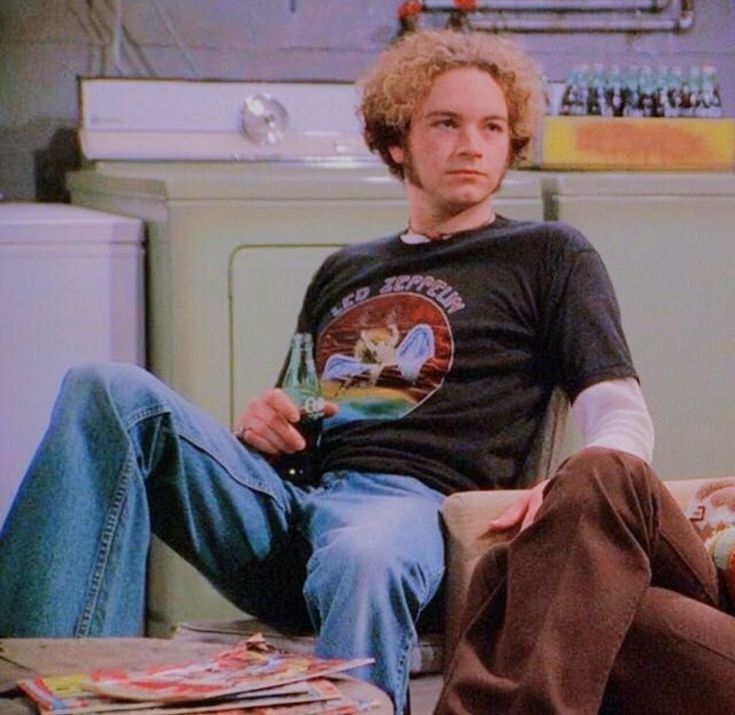
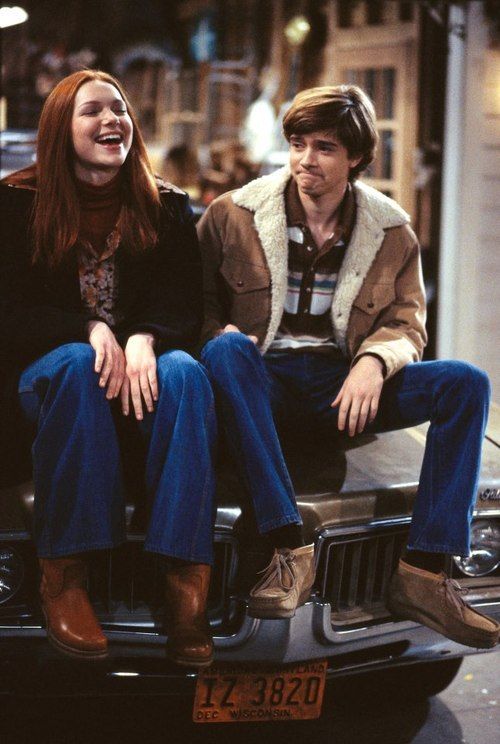
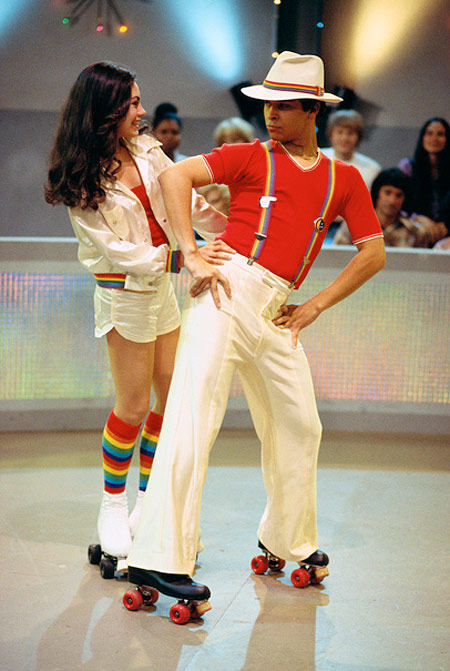
Back to the Future (1985)
Not many movies cover two distinct decades’ worth of fashion; Back to the Future is a rare find in this regard.
When Marty McFly time-travels from 1985 to 1955, he’s wearing Nike trainers, a red puffer vest, and a pair of Levi 501s, all beneath a yellow hazmat suit. Immediately he sticks out, confused as a space invader during his first ‘50s encounter; shedding the suit doesn’t help dispel suspicion, as his vest is mistaken for a “life preserver.” When Marty’s mother, Lorraine, meets him, she keeps calling him Calvin because Calvin Klein is “written all over [his] underwear.” Doc Brown, Marty’s ‘mad scientist’ friend, tells him to change into “something inconspicuous” in order to stay low-profile. This is ironic, as Doc’s stylistic choices are eccentric at best.
The film’s climax occurs during the Enchantment Under the Sea school dance, where Marty’s parents famously have their first kiss. Lorraine sports a strapless pastel pink dress with a ‘50s-style swing skirt, and George, Marty’s father, wears an all-white suit with a black bow-tie. Meanwhile, Marty dons a grey blazer and a burgundy tie but accidentally exposes himself as an outsider while playing a rock-and-roll version of “Johnny B. Goode.”
While Back to the Future is not about fashion per se, costuming plays an essential and often-overlooked role in the film’s successful depiction of culture clash.

